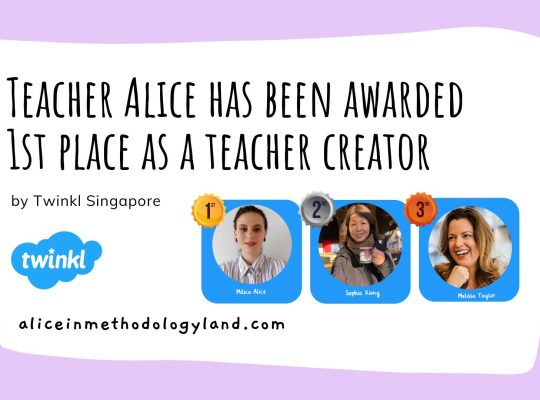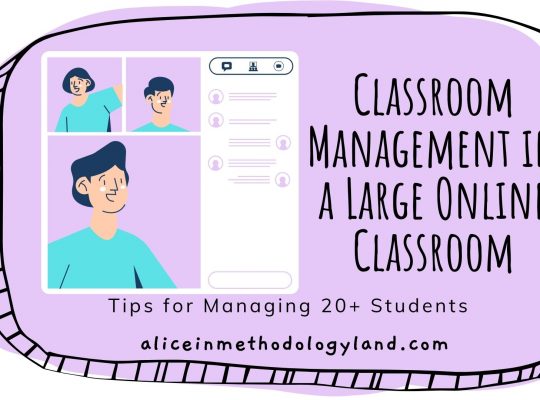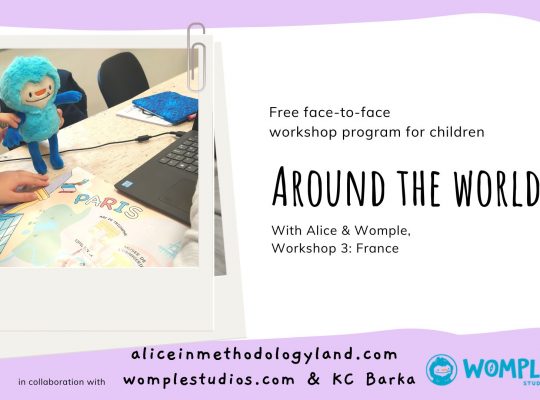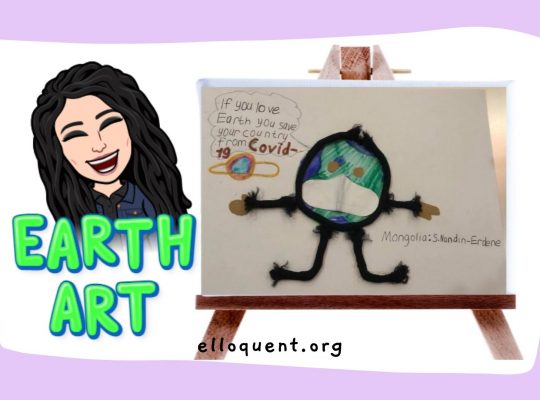Science experiment in my ESL classroom?! Just what are you talking about Alice, we already have enough work as it is! Of course, this is the reaction of most teachers, but please don’t dismiss it before you even tried it because the power of contextual learning through simple, relatable science experiments is immense.
I am a massive lover of CLIL, and using content to teach English through experiments is something I try to introduce as often as I can.
Sustainable development goal 6 is to ensure availability and sustainable management of water and sanitation for all. Before we present the goal, we should illustrate the problem, and a water pollution experiment will do just that.
What you need
- Three glasses of water
- Food dye of any color that dissolves in water
- Salt
- Vinegar or anything smelly
- A spoon/something you can use to mix
- Protective glasses
- Labcoat
The power of dressing-up
Dressing up is a huge step in every experiment, and this makes children pay more attention. You change from your regular teacher clothes and become a scientist in their eyes. Changing your clothes can do wonders when motivating the children to go into a STEAM field.
The science experiment: step by step for ESL teachers
- Line up three glasses of water, along with all of the materials you will be using in the experiment.
- Tell your students that you are presenting them with drinking water. How does drinking water look/smell/taste?
- Put the red food dye in the water and mix it. Ask your students if they can drink this water, and why yes, or why not.
- Lead your students to the correct answer: If the water isn’t transparent, we should never drink it.
- Repeat the same questions: how does it look/smell/taste.
- Continue to the second glass. Add a spoon of salt and mix it. Ask your students if something changed.
- Repeat the same questions: how does it look/smell/taste?
- Lead your students to the correct answer: If it has a specific taste, the water is not safe for drinking.
- Continue to the last glass. Add vinegar.
- Analyze the water with the four senses. If it smells bad, should we drink it?
- Discuss different ways in which water can get polluted, even if it is transparent.
- Follow-up by asking children if they want to do another experiment and make this water clean next time – this is your lead-in for the water filtration experiment.
Using the four senses
For the children to understand this experiment, you must introduce the four senses first and practice using them with the children. I will make a separate post for that, but in general, you need to do small demonstrations and experiments to engage each sense (taste, smell, touch, hear).
What happened with the water?
To summarize, we added different controlled examples of pollutants – food dye, salt, and vinegar. Each pollutant polluted the water completely, but the water was still not safe for drinking. The conclusion is that even if the water is transparent, we still need to use our other senses to determine if we can drink it.
Teaching tips regarding experiments and dramatization
Dress up in the lesson, not before
When you dress up before, there is no magic! You just appeared that way in the classroom. However, when you get ready in front of students, you build up their excitement and organically do the lead-in. Put on your lab coat and safety goggles (the big ones for swimming look just fine as well), and you will make a hook in a second!
Dramatization is a must
Don’t forget to dramatize and emphasize your actions and words. Ask your online or face-to-face students to repeat the actions and the words as you experiment. Start with a problem and tell them a story (someone asked you for help, for example, but you can’t do it alone, and you need your class to help you!)
The experiment has to be relatable
Choose an experiment that is relatable because it will be way too abstract for your young learners if you don’t. Something related to water is the safest way to go if you are starting. Seek inspiration in your closest environment!
Make sure to inform parents before experimenting
Send a sheet/email to the parents before the experiment if you are doing it online. When I do it, all the children follow and replicate my steps at home, so they prepare the ingredients beforehand.
Don’t be afraid of experiments!
Experiments are not scary – please don’t be afraid of them. Even if you make a mistake, you are still doing science! For example, you made a mistake, and the experiment failed. Go back to the beginning and trace your steps. Have the children be inspectors and help you. You will find a flaw, and you can discuss the reasons why the experiment failed.
Watch the video of me experimenting below
Have you ever done a science experiment in your ESL classroom? Let me know how you would incorporate ESL and a science experiment and your biggest obstacle. Write below or get in touch via the contact page if you have anything to add or say.

Click here to explore my store, where 99% of materials are forever free!
All the materials except lesson plans and 30+ page interactive activity books will be free FOREVER! Why? Because sharing is caring, and 2020 hasn’t been kind to all of us. Please consider donating so I can keep making FREE materials for everyone and keep my website open for all of you.

Don’t forget to leave a review when you download materials! It’s just a minute of your time, and it means a lot to me.
P.S. The store and the freebie library are not the same things – the freebie library has some extra materials like conference presentations and webinar recordings which are not available in the store ✨
The subscription link for the store is below my bio in every post. ?







